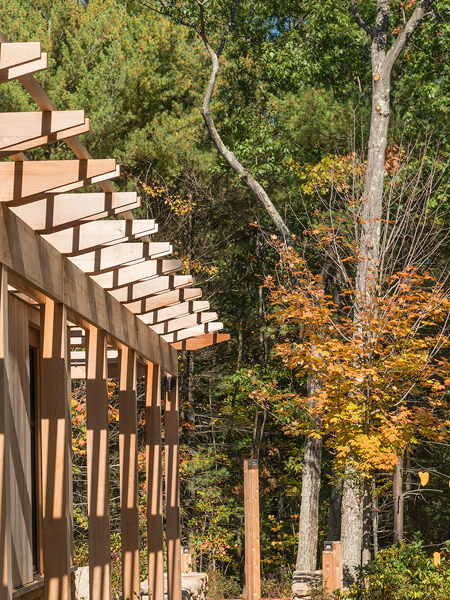Cutting Carbon: Embodied Carbon 101 (Series Part 1)

According to the U.S. Energy Information Administration, the built environment contributes nearly 40% of global greenhouse gas emissions due to the embodied and operational carbon associated with making and using buildings. A relatively recent focus for the architecture, engineering, and construction (AEC) industry has been a focus on identifying, quantifying, and reducing the embodied carbon in our systems. Programs like the American Institute of Architects 2030 Commitment and the Structural Engineering Institute SE 2050 Commitment have advocated for net-zero emissions targets on projects, leading the industry to develop several tools and methodologies across jurisdictions to speed our response.
In the first session of our “Cutting Carbon” webinar series, we will introduce embodied carbon and its environmental impacts on the built environment, discuss ways the industry reports embodied carbon, and share strategies to reduce embodied carbon on current and future projects.
LEARNING OBJECTIVES
After attending this webinar, participants will be able to:
- Understand the causes and consequences of carbon emissions related to the AEC industry.
- Recognize the role that embodied carbon plays in a building’s overall carbon footprint.
- Identify reporting and benchmarking tools and approaches to track carbon on projects.
- Discuss methods and opportunities to help reduce embodied carbon on future projects.
ABOUT THE SERIES
Cutting Carbon: Embodied Carbon Discussions for Sustainable Buildings
As global temperatures increase, so do discussions about reducing the environmental impact of building projects. For decades, the industry has focused on lowering operational carbon in buildings by decreasing energy usage. More recently, we now recognize the importance of reducing the embodied carbon in our projects caused by extracting, fabricating, transporting, installing, maintaining, and disposing of building materials and raw material components. Complicating matters, balancing operational and embodied carbon at the same time can lead to conflicting priorities and challenging discussions about retrofitting existing buildings versus designing new and efficient ones.
In this four-part webinar series, experts from Simpson Gumpertz & Heger will explore these topics from varying angles, including overall sustainability concerns, building enclosure system design, and structural material considerations.
Join us for the rest of the series:
- Tuesday, October 10: Facades, Glazing, and Roofing (Part 2), presented by Anna Burhoe, John Jackson, and Travis St. Louis
- Tuesday, October 17: Structural Steel and Concrete (Part 3), presented by Eric Fleet, Julia Hogroian, and Matthew Sander
- Tuesday, October 24: Fireproofing and Wood Structures (Part 4), presented by Kevin Black, Michael Richard, and Mark Webster
Participants will earn 1.0 AIA CES Learning Unit (LU/HSW) for attending the live webinar. Registration is free. Please note that space is limited – email events@sgh.com to join our waitlist if the session is closed when you register.

